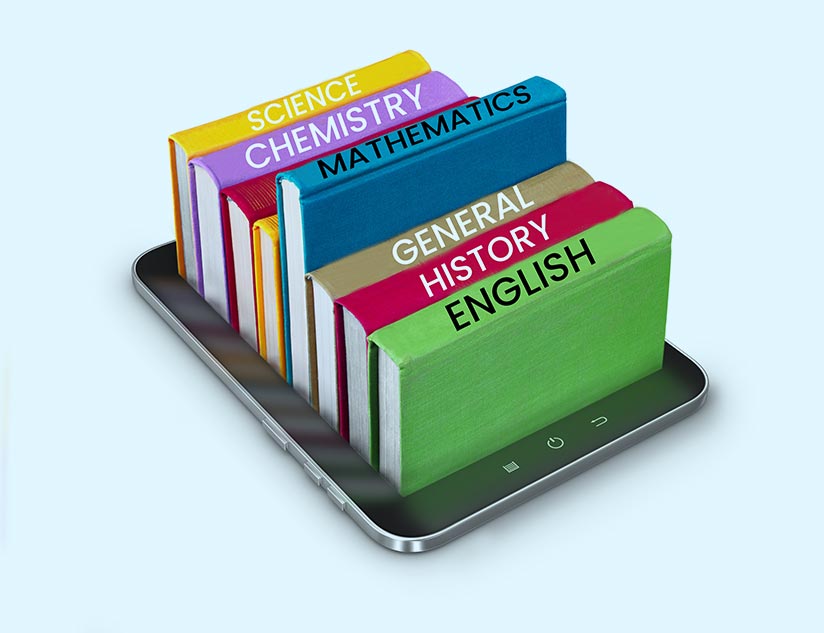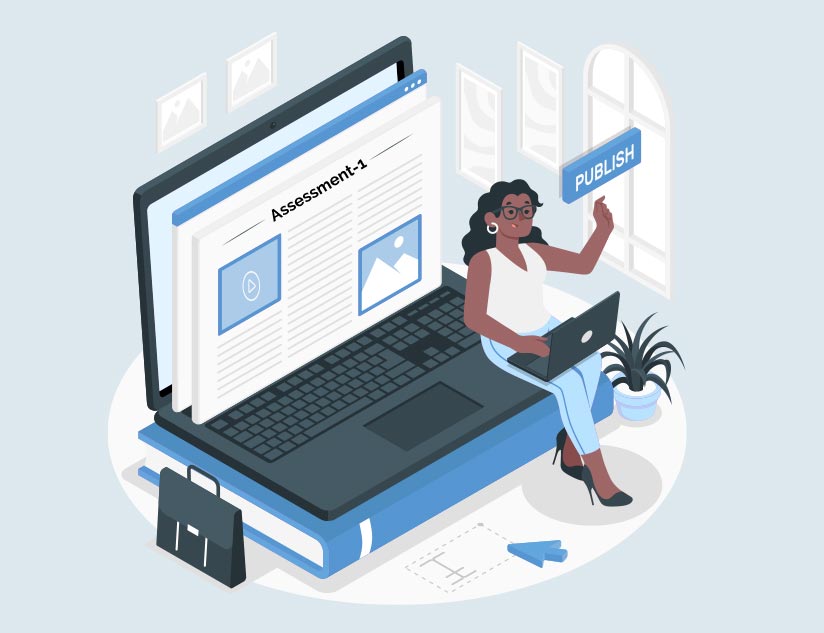How COVID-19 Has Transformed Education Publishing Methods
October 4th, 2021
If the pandemic has achieved one thing, it is the greater appreciation of technology in the classroom. Technology challenged the centuries-old, lecture-based approach to teaching in academic institutions. COVID-19 became a catalyst for schools, even in undeveloped countries, to search for innovative solutions
The leapfrog moment for the K-12 education publishing industry forced publishers to identify new strategies as innovation moves from the margins to the essence of education systems. These efforts, if sustained, can help shape future generations and prepare them for the challenges that lie ahead.
Digital Learning is Here to Stay
The pandemic accelerated digital transformation in schools ahead by almost a decade. Although educators and school administrators might have initially adopted these technologies somewhat hesitantly, they are very comfortable with various tools and asynchronous learning approaches today. As a result, there is now a greater demand for online or hybrid learning models.
As per a 2020 survey of 1,200 American teachers and administrators in K-12 education, 82% of respondents said they would use technology in classrooms over the next ten years. Moreover, when asked to select the top 3 technologies that can help them, interactive panels (52%) and iPads/tablets (39%) were the frontrunners.
Despite disruptions in their traditional textbook business, a shift to digital offerings served them well in the pandemic. For instance, Pearson recorded 14% YoY growth in global online learning between January and September 2020, due to a 41% growth of enrolment in accredited private virtual K-12 schools in the academic year 2020-21.
How Technology Will Help Publishers Address the Needs of Post-Pandemic Classrooms
Schools and districts are now exploring new methods to bridge the learning gap due to the pandemic. The focus is on creating accessible and inclusive educational experiences to balance needs and capabilities. These experiences need to be designed by choice.
The individual learner needs to have the power to make decisions on what works best for them. As a result, educators are now leaning on technologies initially used only by students with learning difficulties, like screen-sharing, touchscreens, text-to-speech, on-demand video, and more.
To navigate these demands, K-12 educational publishing companies will need innovative solutions and platforms. Here’s how a robust digital learning platform can empower education publishers to shape strategies for excellence.
Cutting Time to Market
It is a fact that school closures can cut down the risk of spread for infections. In addition, educational publishing companies need powerful digital course authoring tools to save time and resources to create content in times like these.
Reducing the time to market by up to 40% is a crucial competitive advantage, considering that big brands are exploring similar digital-first avenues. The ability to quickly create or modify learning materials also means easier curriculum alignment with changing state standards.
For educators and students, this means greater flexibility and less disruption to their curriculum.
Addressing Different Market Models
Before the pandemic, there was a contention between publishers and libraries over the terms under which they would offer eBooks. Most big publishing houses were hesitant to publish new titles into the library channel. However, the pandemic has increased the demand for eBooks, both for retail and through libraries. According to Overdrive, the library eBook aggregator, borrowing of K-12 school books had risen nearly three times from the 2019 levels. Over 38,000 schools in 71 nations are allowing students to borrow eBooks and audiobooks from online platforms.
The right platform will allow publishers to cater to different market segments, including the library market, along with the B2B and B2C segments. In fact, with the right digital educational publishing solution, they can create their own digital libraries.
Ensuring Compliance
Data will enable the creation of personalized learning while allowing education publishers to fine-tune their content strategies. But this cannot happen at the cost of student privacy. Children are leaving huge digital footprints online at this unusual time of high internet use and COVID-19 surveillance sweeps and are unaware of online safety, privacy, and autonomy issues.
It is essential now, more than ever before, for educational platforms to consider how student data is captured, categorized, and reported. Education publishers, thus, need to stay compliant with laws like FERPA, COPPA, and GDPR. The right content distribution platform will help them to remain compliant.
Seamless Interoperability
Interoperability can help publishers to offer educational institutions all the tools they need on a single platform. In addition, a single platform can ease integration with third-party apps, like OneRoster, Google Classroom, ClassLink, and industry standards like LTI, QTI, and SCORM with single sign-on capabilities. Not using multiple tools eases life for school/district admin, teachers, and students.
Multiple Licensing Models
In the end, K-12 educational publishing is a huge industry, driven by revenues and intense competition. Publishers need to protect their intellectual properties and offer their customers easy access to their content. With robust digital rights management, they can gain support for multiple licensing models to maximize content monetization, ensure access controls and prevent piracy.
It is the dawn of a new world in our schools and colleges. With a powerful platform like MagicBox™, publishers will be able to create the classrooms of tomorrow. Talk to our experts and know-how MagicBox ticks all the above checkboxes.














